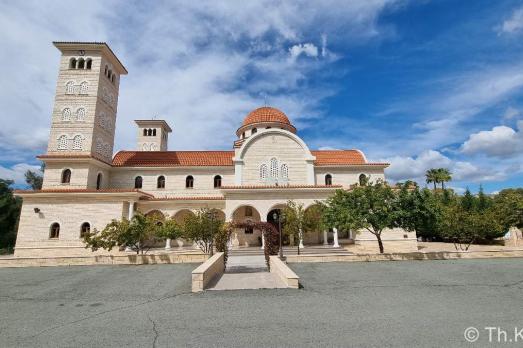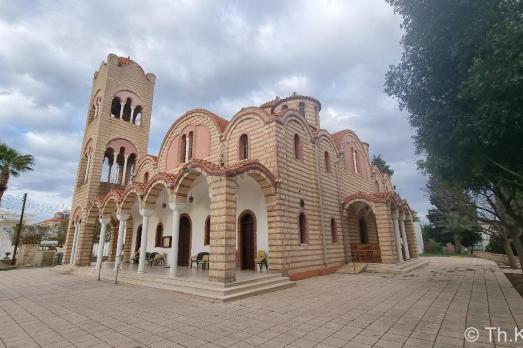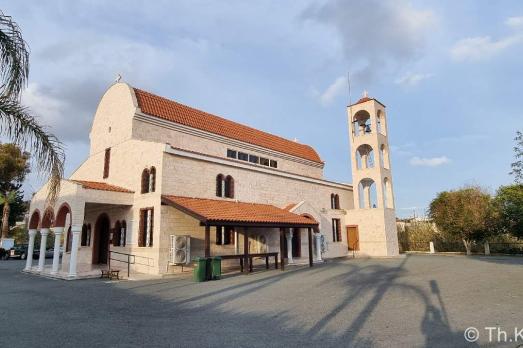
New Agios Georgios Church, Kormakitis
Kormakitis, CY
The church with the ekklesionym (new) Agios Georgios is located in the northern part of the village’s centre and is in active use.
Here you can search for a building to visit. You can use the map find destinations, or you can use the filters to search for a building based upon what different criteria.

Kormakitis, CY
The church with the ekklesionym (new) Agios Georgios is located in the northern part of the village’s centre and is in active use.

Psevdas, CY
The building is located between the old and the new centre of the village.

Troulloi, CY
The building is located in the centre of the village.

Alaminos, CY
The building is located in the centre of the village.

Mazotos, CY
The building is located outside of the village in eastern direction (approx. 1 km), at the local Greek Orthodox cemetery.
Harderwijk, NL
The New Apostolic Church at Hoogstraat 24 , built in 1910, became too small. A new church was built in the Slingerbos district. There is room for 110 churchgoers in the church hall. In addition, various side rooms were added. The old church has been sold. (49-03)
Groningen, NL
Built for the New Apostolic community in the Selwerd and Paddepoel districts. Modern hall church with a striking shell roof.
Roden, NL
Replaced an earlier church building.
Hoogeveen, NL
Modern church without tower. Replaced an earlier church building.

Oroklini, CY
The building is located in the western part of the village.

new
The Chassidic Route is a cultural and historical trail tracing the rich legacy of Jewish communities in southeastern Poland and western Ukraine. This region was central to the rise of Chassidism in the 18th century. Here, we highlight 10 remarkable synagogues you’ll discover along this route.

he cradle of the Industrial Revolution in Germany, Chemnitz, is well-known for its industrial heritage landscape, but the city is also home to remarkable examples of religious architecture from different historical periods. Join us as we explore the key landmarks of this European Capital of Culture 2025.

The twin towns of Nova Gorica (Slovenia) and Gorizia (Italy), lying on the border between the two countries, have a rich religious heritage, steeped in centuries of tradition. If you are looking for ideas for your visit, take note of these 10 religious sites that you should not miss.